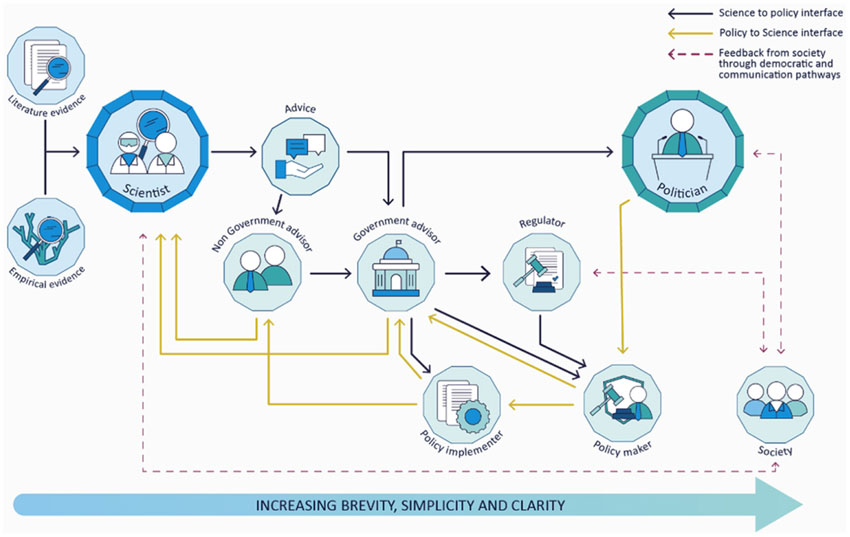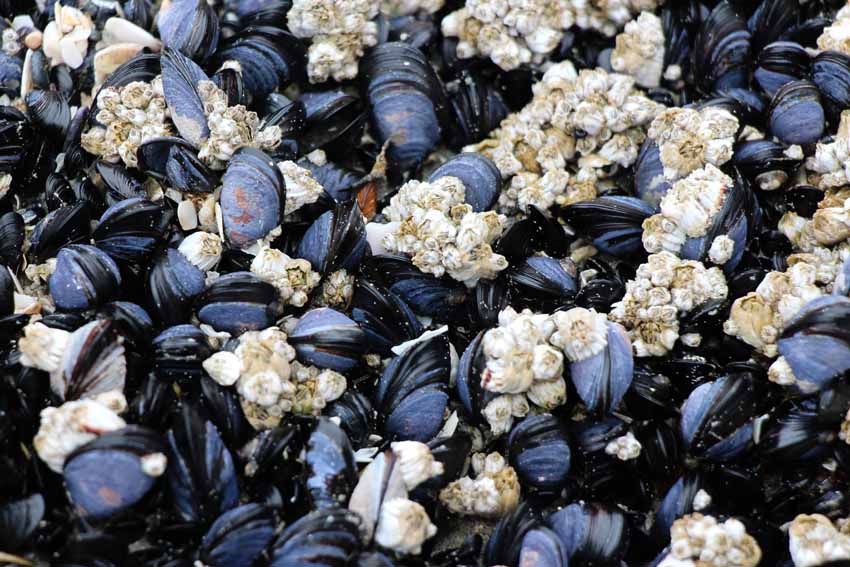The Ocean’s DNA: Unlocking a More Efficient Way to Monitor the Diet of Great Whales
Últimas noticias
[EATrends] Nourishing Wellbeing: Food and Health, Hand in Hand
OPTIPROT Network successfully concludes research on new sustainable and healthy protein sources, delivering high-impact results for the food industry
Ingredients with Technological Functionality: Innovation for a More Efficient and Sustainable Food Industry
- A pioneering study by AZTI and the University of the Azores has analysed environmental and faecal DNA to reconstruct the diet of large Atlantic whales, paving the way for new applications in ecosystem management.
- By studying environmental DNA, researchers can now investigate whale diets in a non-invasive, efficient and cost-effective way — without the need to capture or disturb these marine giants.
Beneath the surface of the Azores archipelago lies a mystery: what do the whales roaming the Atlantic actually eat? An international team of researchers led by AZTI scientist Cristina Claver has managed to uncover the answer without harming a single animal, thanks to the analysis of environmental DNA (eDNA) found in seawater and whale faeces.
Published in Marine Mammal Science Journal, the study — conducted by scientists from AZTI and the University of the Azores — combines, for the first time, DNA extracted from seawater with DNA from faecal samples of several whale species, including blue, fin and sei whales, as well as sperm whales.
The research took place around the Azores archipelago, a key feeding ground for these whales during their migrations. These ocean giants — the largest mammals on Earth and among the most widely distributed marine animals — travel thousands of kilometres across the Atlantic. Identifying the critical feeding areas along their routes is vital for their conservation.
In the whaling era, scientists learned about whale diets through the analysis of captured animals. Since these species became protected, however, that knowledge has dwindled. Today, DNA analysis allows researchers to identify with remarkable precision the species whales feed on — opening the door to new insights into their ecology, without resorting to invasive methods.
“Environmental DNA is revolutionising the way we study marine life,” says Claver. “We can now reconstruct ocean food webs without disturbing the animals — something unimaginable just a few years ago.”
Beyond its non-invasive nature, environmental DNA analysis has proven to be a cost-effective and highly sensitive method for marine monitoring. It enables scientists to detect elusive or rare species — even in hard-to-reach environments such as the deep ocean — without ever seeing or capturing them. Compared with traditional techniques, it offers greater precision and efficiency, making it a powerful alternative for assessing the abundance, distribution and diversity of marine life.

Índice de contenidos
What Whales Eat
The study found that baleen whales feeding around the Azores mainly consume mesopelagic fish, particularly lanternfish (myctophids) — small species living between 200 and 1,000 metres deep. These fish migrate vertically each day, rising to the surface at dusk and descending at dawn, a movement whales take advantage of when the prey gathers in more accessible layers.
Their abundance in the mid-Atlantic makes the region a strategic feeding area for migratory whales. Although it was known that baleen whales eat fish, this is the first study to examine these prey species in such detail.
Sperm whales, on the other hand, prefer deep-water squids, mainly Histioteuthis bonnellii, which live between 600 and 1,200 metres below the surface. Faecal samples also revealed other species such as the giant squid (Architeuthis dux), the creature that inspired the legend of the Kraken and can grow up to 12 metres long.
What makes this research truly novel is that it links whale diets with the actual availability of prey in the surrounding water, helping to reveal feeding preferences and ecological roles. For instance, the study shows that sperm whales are not only expert deep-sea hunters but also selective feeders.
While the results confirm previous knowledge about whale diets, this study expands our understanding and demonstrates that monitoring diets through DNA is both efficient and non-invasive. It enables scientists to track changes in feeding habits over time without costly sampling campaigns, strengthening its potential for future studies and for sustainable fisheries management.
“Thanks to environmental DNA, we can identify exactly which species form part of their diet — even those living hundreds of metres below the surface that we could never observe directly,” explains Claver.
Together, these findings reveal the intricate food web that sustains the great whales of the North Atlantic and shed light on how they use ocean resources depending on their ecology, migrations and food availability.
Genetics: An Ally for Ocean Management
The study shows that combining environmental and faecal DNA provides an unprecedented look at predator–prey interactions in the open ocean. Understanding these relationships is key to anticipating the effects of climate change and overfishing, which could alter food availability for these giants.
“Conocer qué especies son clave en la dieta de los cetáceos nos ayuda a protegerlas”, añade la investigadora de AZTI. “Si desaparecen sus presas, desaparecen también ellos.”
“Knowing which species are crucial in whale diets helps us protect them,” adds Claver. “If their prey disappears, so do they.”
Although focused on large whales, the implications go much further. Environmental DNA analysis is emerging as a powerful tool for studying marine biodiversity as a whole. It allows scientists to map interactions between species accurately, without capturing or disturbing them — an accessible, non-invasive and cost-effective approach with great potential for conservation.
The research was funded by the European Union’s Horizon 2020 programme (SUMMER project) and the Basque Government (GENGES project). The findings lay the groundwork for future studies in other oceanic regions, positioning environmental DNA as a key technology for marine biodiversity monitoring.
Part of the eDNA samples were collected during a scientific expedition in the Azores aboard the OceanXplorer, a pioneering research vessel that combines cutting-edge oceanographic technology with cinematic audiovisual exploration (https://oceanx.org/). This mission, in addition to producing valuable scientific data, was featured by National Geographic in a stunning documentary available here.
- Scientific article: Claver, C., de Amézaga, L. G., Mendibil, I., Canals, O., Prieto, R., Cascão, I., Oliveira, C., Silva, M. A., & Rodríguez-Ezpeleta, N. (2026). Mesopelagic fish and cephalopods in the diet of rorquals (Balaenoptera spp.) and sperm whales (Physeter macrocephalus) around the Azores using fecal and environmental DNA. Marine Mammal Science, 42, e70086. https://doi.org/10.1111/mms.70086







